If you haven’t heard, Eurobike just exploded with the best bikes ever in the history of bikes existing earlier this month. This post will differ from most of the others you may have read in its distinct lack of breathless excitement over the sheer incredible awesomeness of this year’s crop of uber-machines. Yes, each new model year brings very unique and often beneficial design improvements. Every show season there are worthy lighter, faster, stiffer, aerodynamic-er bikes. But let’s inject some perspective into the whole monkey-riding-a-pig show: the yearly production cycle of the bike industry is largely driven by sales. Our tired and shabby mounts must be superseded by new sexy shiny wonders of technology on a regular basis so we hate the old and love the new. Buy, buy, buy.
Wait, wait – now I just sound like a crusty, contrarian retro-grouch. That isn’t really me. I like new innovative stuff – the shiny bits draw my attention like a walleye to a lure. It is easy to get jaded when it’s seen all at once; the good with the bad, the over-hyped and the tastefully understated. But no matter how it’s presented the great thing about seeing all of the bike industry’s new hotness all at once is getting a feel for the trends. I’m sure you’ve all read a blog post or twelve about the 29er’s arrival in force on The Continent. Of that trend I approve wholeheartedly.
But there’s another trend that speaks to me in a personal way. In a previous life I was an electrical engineer riding a desk with a set of pens in my pocket protector and a stack of blueprints always at the ready. Upon my rebirth as a bike industry employee I worked on an electric assisted monstrosity, among other things. Because of my unique history, the advent of electric assisted mountain bikes as a noticeable presence this year was very interesting.
These eMTBs have been visible for a few years at the European trade show as pre-production concepts and one-off show models. The interesting thing to notice this year was not only the sheer number of brands and offerings, but the appearance of ground-up designs for electric components and the frames into which they were built. The first iteration of the electric MTB was a regular bike with a motor, battery and controller slapped on. What is different this year is the purpose-built frames that were specifically designed for the unique construction, weight and requirements of the assist package.
The greatest thing about this “second generation” of assisted mountain bikes is the fact that the designers took the time, cost and care to centralize the mass. In the first wave of ebikes the motor was in the front or rear hub and the battery was commonly placed behind the seat tube. Having a 10-pound hub creates obvious handling challenges, and getting room behind the seat tube for a battery makes for some long stays and slow steering. In the new bikes the necessary evil of added weight is at least placed low and as close to the center of gravity as possible. Check out the new motor drive at the bottom bracket in the pictures above and below.
So take from this what you will. Before you dismiss it out of hand as “cheating” understand this: they do things a little differently in Europe. Many of these bikes are sold to resorts and will live life in the rental fleet. What more perfect use of the assist motor? It serves to help out the tourist who may not be a true die-hard rider any more but has sufficient skills to really appreciate the alpine scenery from atop a saddle – they just need some help to get to altitude. Think of it as a self-contained chairlift. The newest models are so light that once you’re at the top you can switch off the battery and enjoy the ride down without losing too much in the handling department.
The next real hurdle is the charging infrastructure. One of the reasons these type of contraptions work for resorts is that there is a support system in place; mechanics to do the regular maintenance, a regular schedule of battery care and charging, etc. And when you own an entire fleet the risk of Big Mechanical Issues is lessened since you’ve probably got a shelf full of spare parts, extra batteries, pixie dust and wizard potions to keep these things going. The radius of use is well defined and after a season you know how far a charge will get you and can define the recommended trail routes accordingly. As an individual owner of an electric assisted bike I’d be wary of going out on an epic adventure for fear of getting stuck in the middle of nowhere with a 55 pound bringer of sadness under me. How will the bike industry address these issues? Will eMTB 3.0 be radder, lighter and come equipped with frickin’ lasers? Are we in for integrated lighting? Where the hell is my flying car?!?
All these questions and more will be answered in a year. Stay tuned, I’ll let you know how it turns out when I post my Eurobike 2012 report. One thing’s for sure – I hope to hell there’s no more of this in our future:

















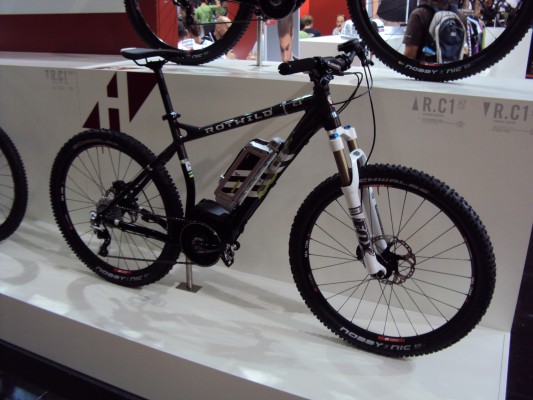
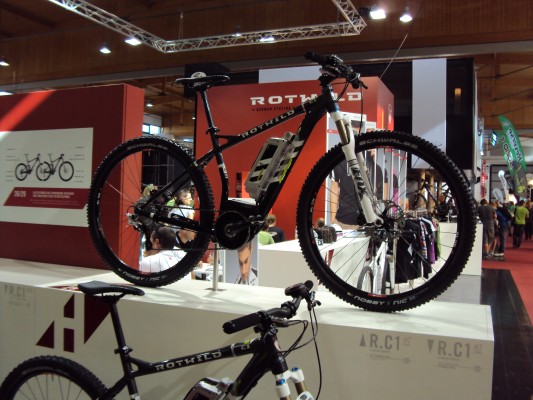
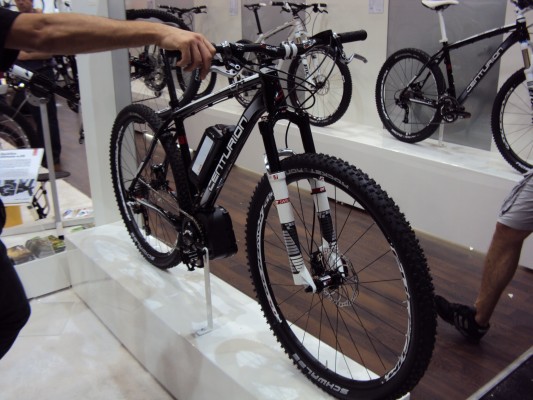


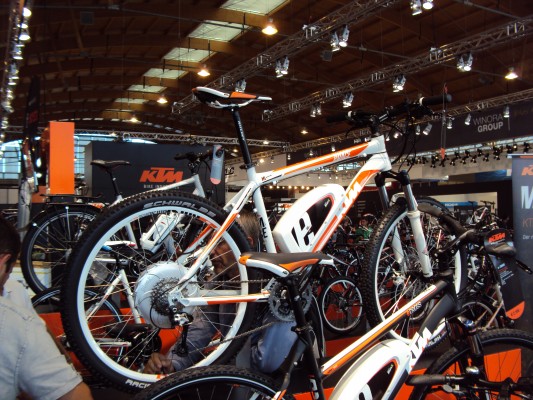


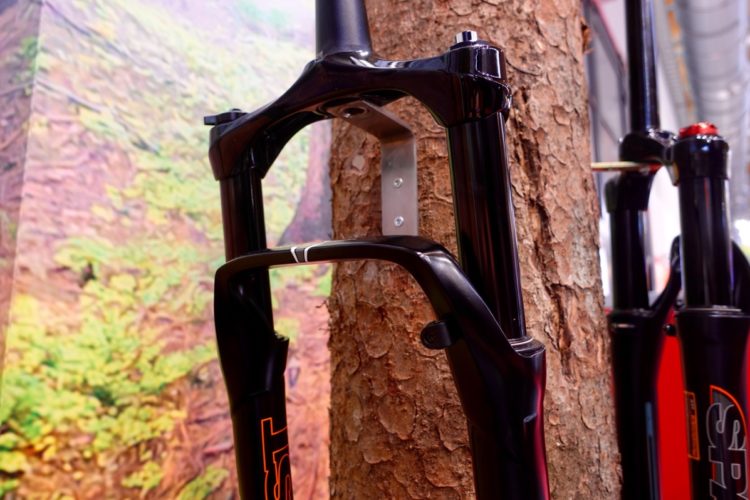
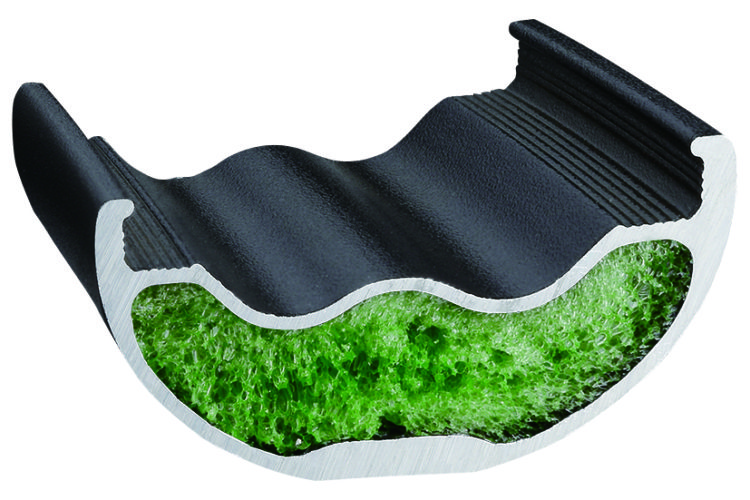
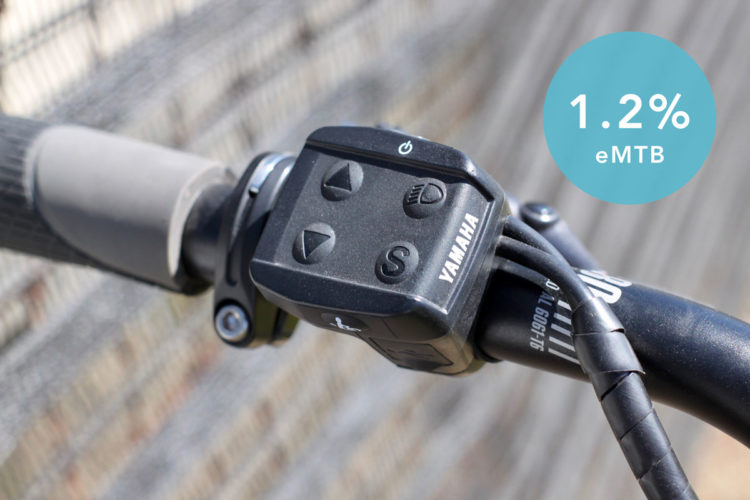





13 Comments
Sep 22, 2011
Sep 22, 2011
Sep 22, 2011
Of course there will be issues with finding places to legally ride electric mountain bikes. Most mountain bike trails on public land are closed to motorized vehicles and electric assist bikes are motorized. One person I spoke with made the point that electric bikes are silent and you can pedal them so most trail users won't even know the bike is motorized unless they look closely. Still, I don't think that makes it ok to ride them anywhere other than private resorts.
That blue FS electric assist bike pictured above looks pretty rad. As you mentioned the target market seems to be older riders who need a little help with the climbs (and who can afford to drop the cash on an electric mountain bike).
Nov 14, 2013
Going back to local ordinances being the key to access. Trails like the Fullerton Loop (Mostly hard pack dirt) have signs that say "All Motorized Off Road Vehicles Prohibited on Park Property" which doesn't apply to legal e-bikes when you actually read the municipal code posted underneath. On the other hand, the San Gabriel River Bicycle Path (Paved) doesn't allow bicycles with ANY sort of power assist.
Sep 16, 2016
Sep 22, 2011
Sep 25, 2011
Sep 23, 2011
OK, I can see this as a great innovation for the handicapped individuals, but I mean the true handicapped, not a person that is just too lazy to peddle. Man, soon there will be no REAL bikes left anymore. What a lazy world this has become!
Sep 16, 2016
Sep 22, 2011
As for the access issues, in many places mountain bikes and dirt bikes coexist, so those trails would obviously be game to eMTBs. But at that point, why don't you just buy a dirtbike?
Sep 27, 2012
https://www.youtube.com/watch?v=PoGyc4InRUk&feature=relmfu
Sep 23, 2011
Sep 22, 2011
Electric assist is a great idea for commuting I think - it'll get a lot of people out of their cars and onto two wheels. But for mtn biking, real mtn biking...I don't know.